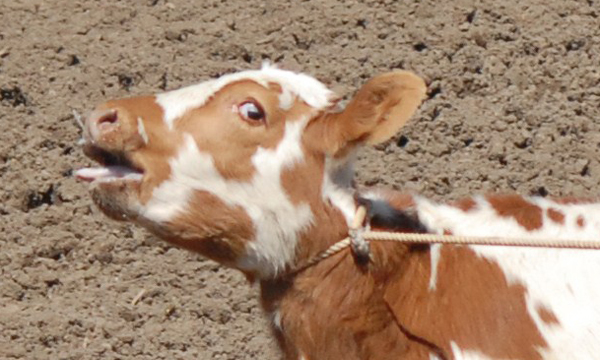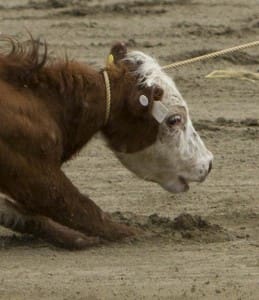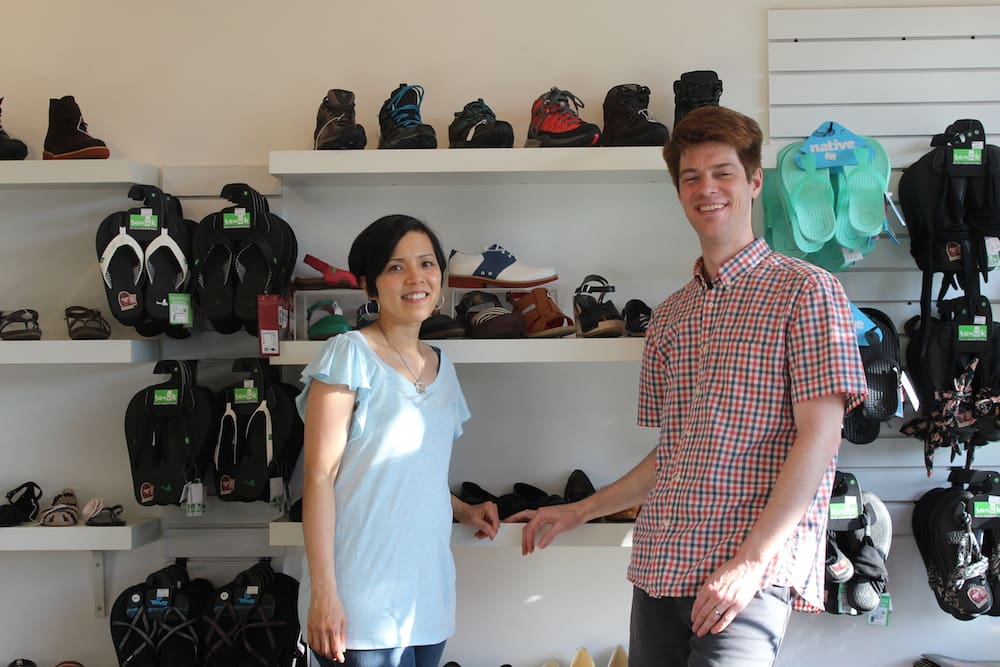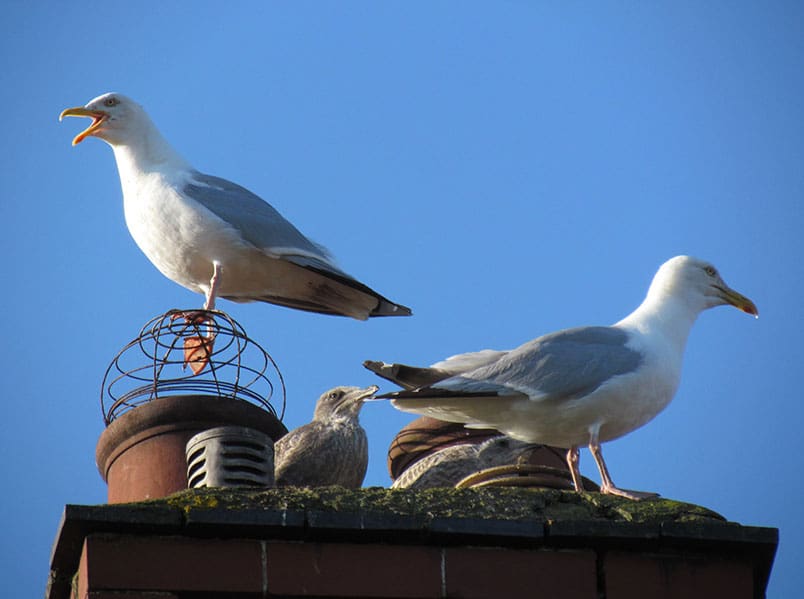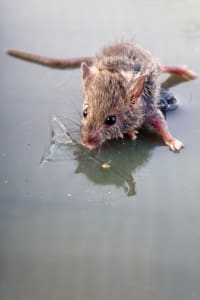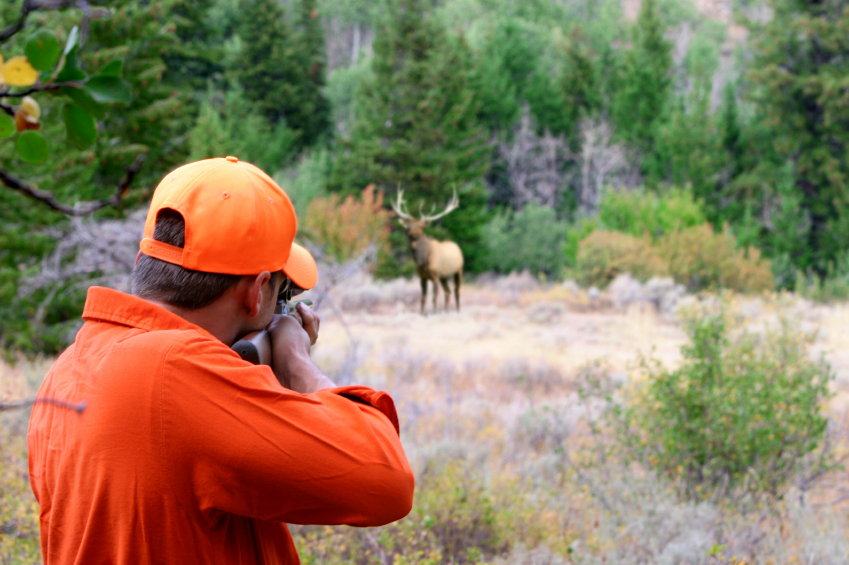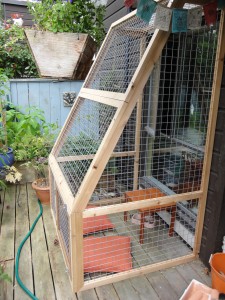
There are two things in this world that I dislike more than any other. Getting up early in the morning, and running.
Somehow I’ve remained suspended in that teenage phase that most people grow out of – being ready and willing to sleep until noon. And as far as exercise, well, I’ve never much liked it. I’m the more introspective, quiet type and have always preferred sitting down with a good book to running a few miles and getting all sweaty and breathless. Not to mention, ruining my hair.
So why, you may ask, am I getting up at 6:00 AM on Sunday, June 28th, 2015 to travel all the way from my home in Surrey to Stanley Park and run (mostly walk!) in the Scotiabank Charity Challenge?
Because I love animals and I can’t bear to see them suffer. I’ll be participating in the event to raise money for and awareness about the most effective animal protection organization I know – the Vancouver Humane Society. (Okay, I’m biased.)
Although awareness of animal issues has never been higher, especially in developed countries, it’s also the case that more animals are subjected to more abuse at the hands of humans today than ever before. Why? Since 1960 most animals reared for food in North America have been raised on cruel factory farms. As the number of animals raised increased, the price for meat, dairy and eggs declined and these products became available to more people than ever before. Consumption of animal products became a symbol of status and wealth and was no longer an occasional luxury. At the same time, animal products were touted as being ideal protein.
Even worse, we have exported factory farming to other, less developed countries, replacing more traditional ways of raising and consuming animals. Demand for animal products goes up as the standard of living rises. It’s estimated that globally 40 percent of meat was produced on factory farms in 2005.
Don’t get me wrong. I don’t condone any raising and slaughtering animals for food. As far as I’m concerned, ‘humane meat’ is an oxymoron – it just isn’t in an animal’s best interest to have its throat slit so humans can unnecessarily consume its flesh. But I also realize that I can’t talk everyone into becoming vegetarian or vegan tomorrow.
However, there are lots of things everyone can do to mitigate the suffering of animals raised for food. One quick and easy way is to join the global initiative called ‘Meatless Monday’ (MLM). VHS has started a project to help post-secondary and secondary schools feature MLM in their cafeterias. So far, we have three post-secondary and two high schools committed for fall, 2015. And you can join by signing VHS’s Meatless Monday pledge. Once you’re signed up, you’ll receive a delicious meatless recipe every week!
There’s another way you can help animals:Sponsor me or another member of the VHS Team. Scotiabank covers all the administration costs, so your entire donation goes towards fighting animal abuse. We are their voice! Please help us help animals today!
Thank you for everything you do for animals!!
Debra Probert


